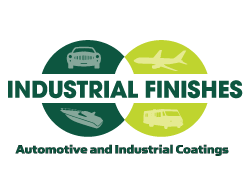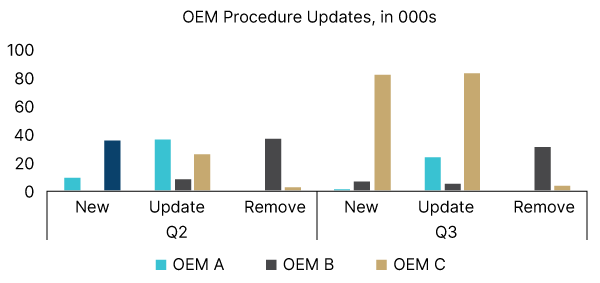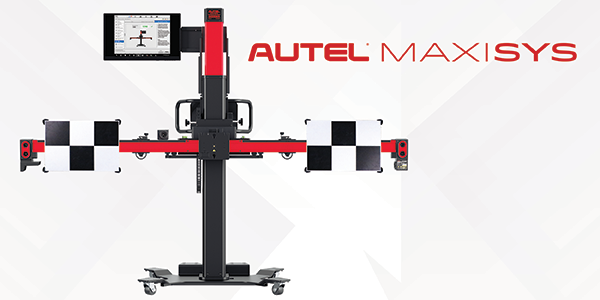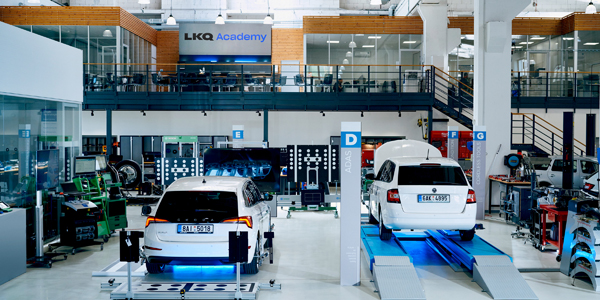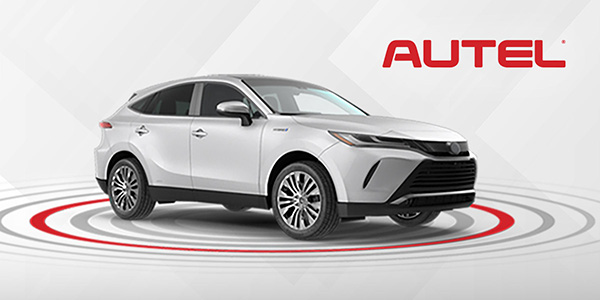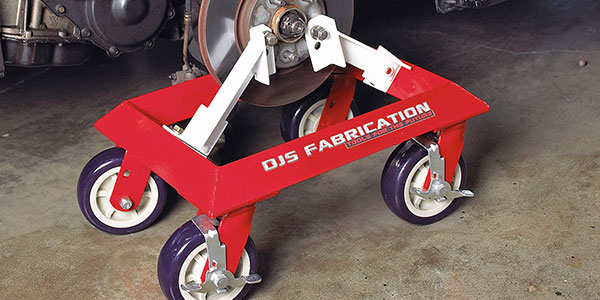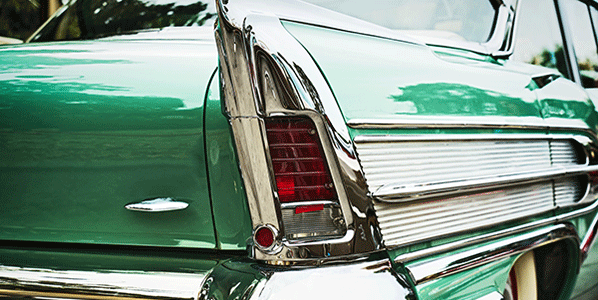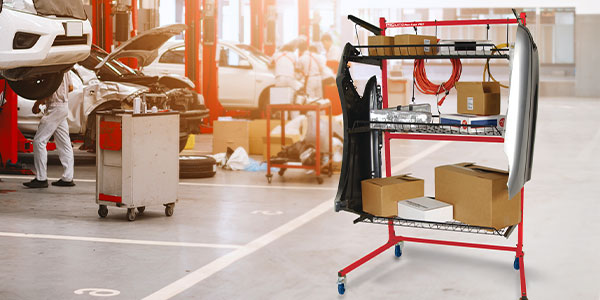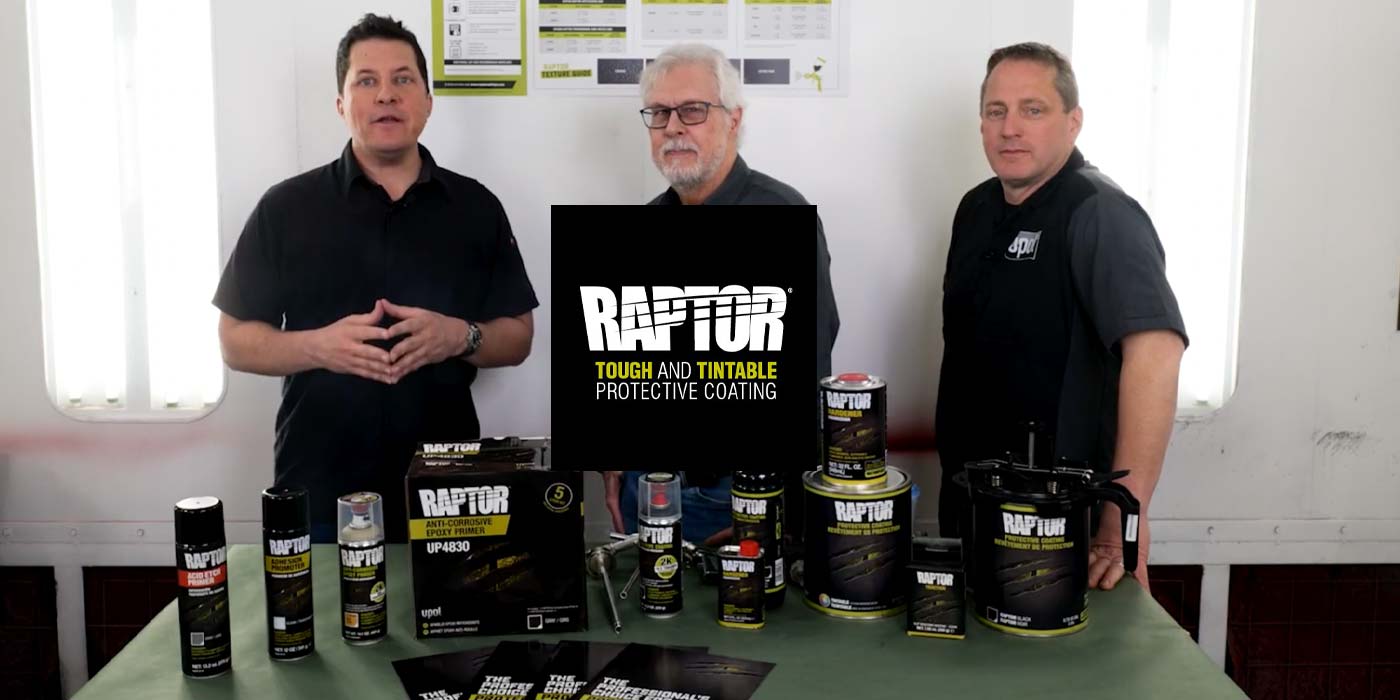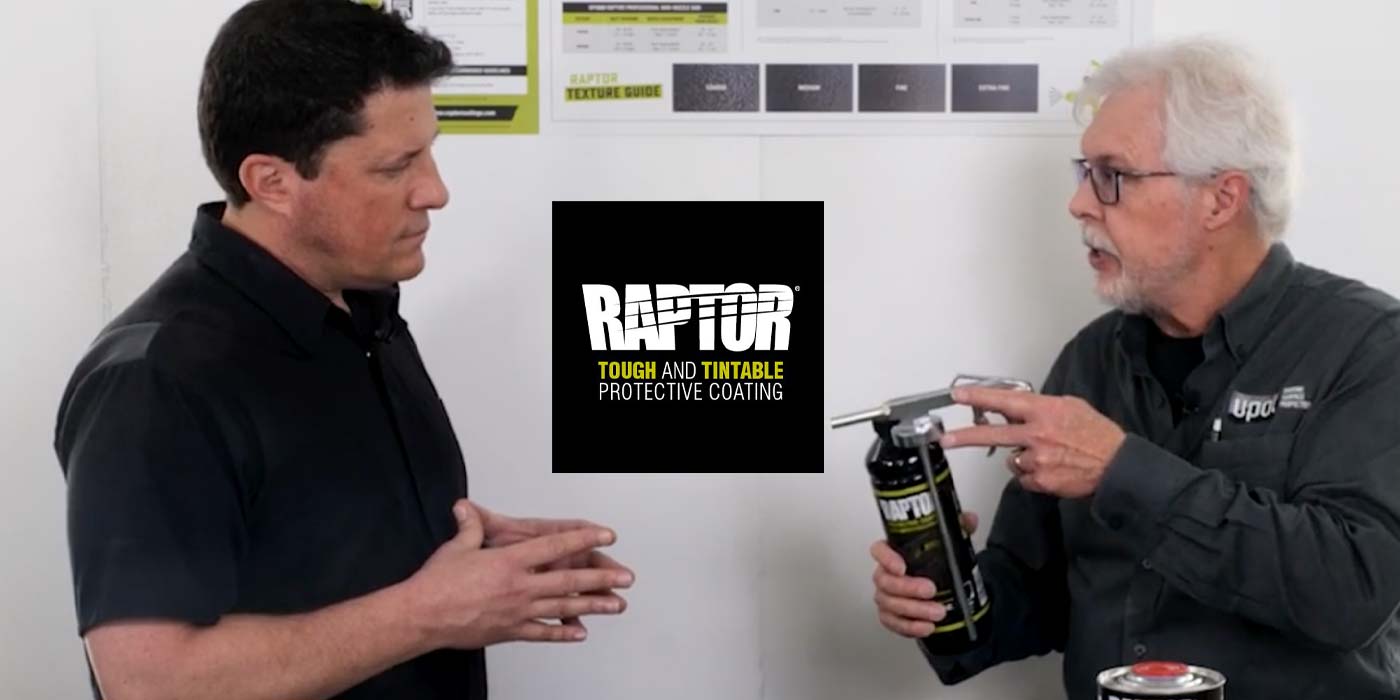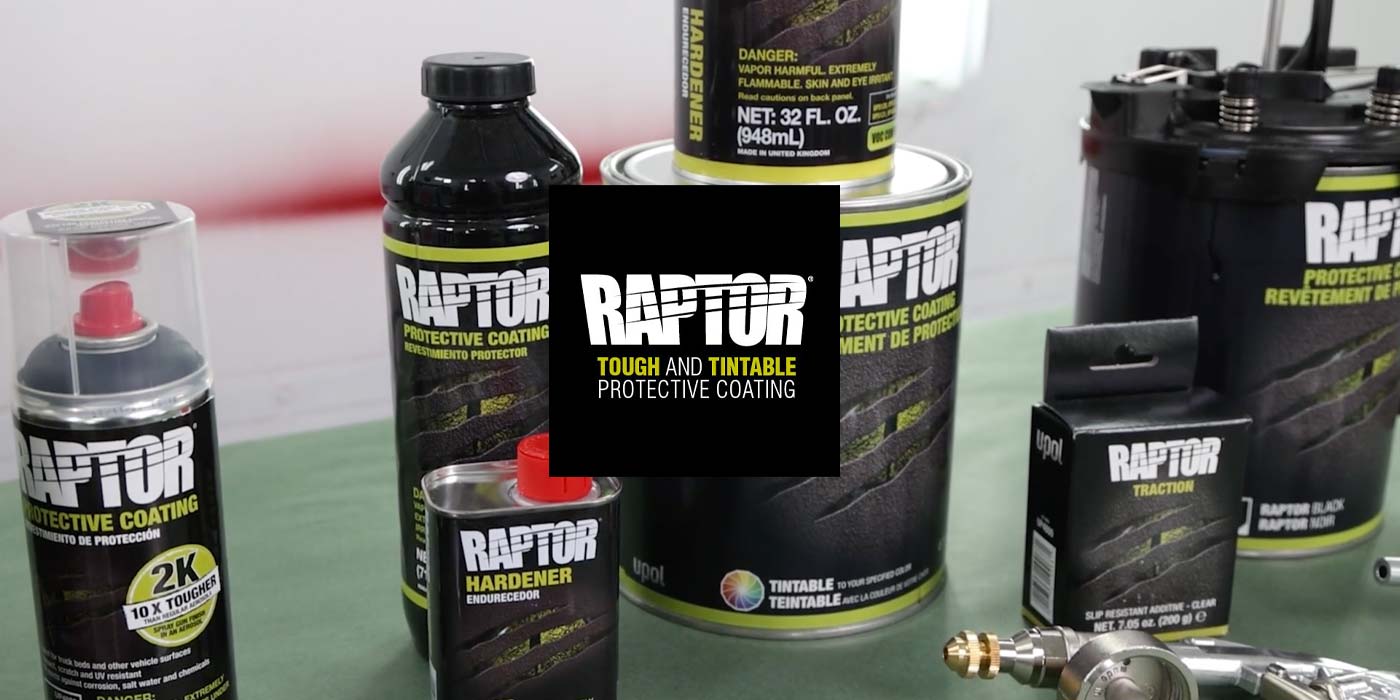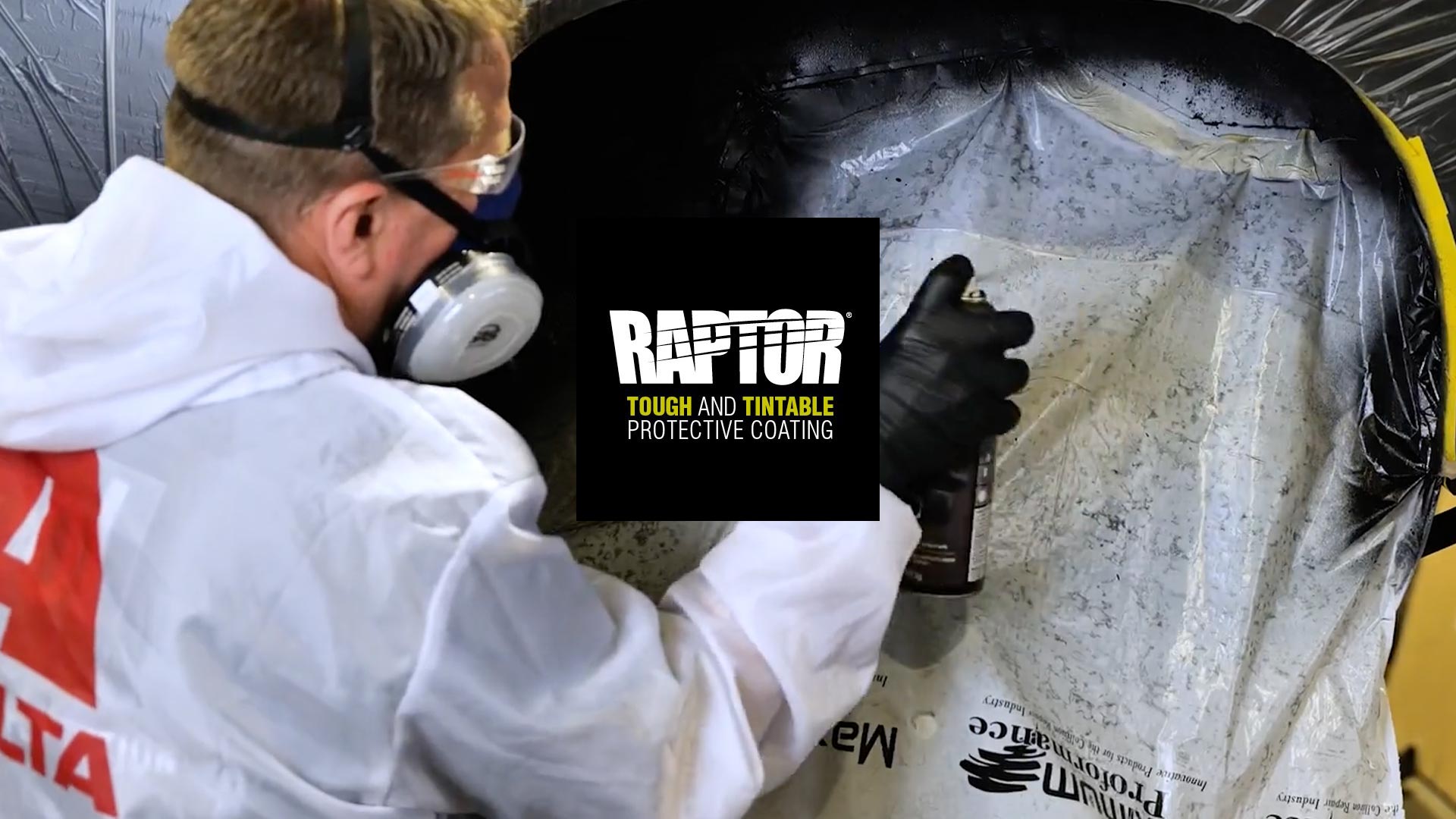Gas-catalytic medium-wave infrared curing is being adapted for automotive coatings as a result of shorter cure cycles and smaller floor space requirements when compared to conventional spray booths.
WHAT IS INFRARED?
Infrared (IR) radiation results in energy that travels rapidly in waves and falls on the magnetic spectrum between visible light and microwaves. The radiation’s wavelength and frequency impact energy (temperature).
In IR curing systems properly designed for automotive refinish, energy absorption by the coating is the primary curing method, while transmission of energy to the substrate may become a secondary method used to cure. Traditional spray booths heat air to transmit energy to the substrate.
IR radiation is limited by line-of-sight since IR energy only travels in a straight line. Due to this limitation, IR energy can only be absorbed by sections of the component facing the source. This is a critical consideration when curing automotive components since they are rarely flat, uniform surfaces.
Most automotive components are quite adept at conducting heat; therefore, energy may be passed along the substrate, curing areas out of direct IR line-of-sight. However, this is a poor substitute for direct line-of-sight IR curing.
IR systems are usually described as high, medium or low intensity. This refers to the energy level of the source. High Energy/Short Wavelength IR is well-suited to transmit energy directly to the substrate but is not as effective as directing energy to be absorbed by the coating. Low Energy/Long Wavelength IR loses much of its energy in the form of convection heat and is therefore not as effective.
Medium Energy/Medium Wavelength IR is the most widely used for curing because the energy can be absorbed directly by the coating.
IR FACTORS THAT IMPACT FINISH QUALITY
Purity – Most IR sources emit energy over a broadband rather than at a single wavelength or frequency. Purity refers to the broadness of the band. Purity impacts curing since it determines the degree of IR radiation penetration.
Watt Density – Watt density refers to the amount of energy available at the surface of the coating. If the watt density is too high, the coating will burn. Watt density is typically controlled by increasing/decreasing the number of IR emitters or by increasing/decreasing the distance between the emitter and the substrate.
GAS CATALYTIC IR
IR radiation can be generated from both electric and gas sources. In the case of electric infrared, a lamp or bulb containing a filament provides the short wavelength IR. These lamps, bulbs and associated reflectors all require regular maintenance. Dust or dirt accumulation will interfere with system performance.
Gas IR systems utilize one of two methods to delivery energy. Gas-catalytic systems oxidize the fuel source without needing a flame. Other systems use a flame to heat a ceramic emitter to generate the IR radiation.
COATINGS FORMULATIONS AND PRODUCT SELECTION
Coating formulations used in IR systems are generally the same as formulations for convection-only curing. However, some re-formulation may be necessary to achieve the best results.
GAS-CATALYTIC IR CURING CONSIDERATIONS
Line-of-Site Curing – Due to line-of-site restrictions, for the best results, it is essential for the IR emitter to face the substrate.
Quicker Heat-Up Times – Gas-catalytic IR curing systems heat up much more quickly than conventional convection booths.
Reduction in Contaminants – IR curing systems do not require high airflows common in traditional booths, minimizing dust and dirt contamination.
Substrates – Various substrates absorb IR energy differently (emissivity).
Cure Speed/Degree – Gas-catalytic IR systems can cure components at a much faster rate than traditional convection booths in part since the system does not require the substrate to be heated before the curing process begins. IR curing generally follows the “Rule of 3.” In other words, for every three minutes necessary to cure via conventional methods, the job can be accomplished in one minute through IR curing.
Additionally, at “completion of the curing process” in a convection booth, the coating may only be around 40-60% cured. With IR systems, it is possible to achieve up to 75-90% cure, resulting in a finish that is much closer to a true “full cure.” This allows quicker assembly of parts, and/or earlier delivery to the customer.
Energy Consumption – In IR curing systems, there are no wasted BTUs to heat the entire component or the surrounding air. Fans, pumps and blowers are not needed to provide combustion air, pump thermal oil through heat exchangers or to circulate heated air around the substrate. Additionally, IR systems are more efficient than convection booths since more of the energy (heat) is delivered directly to the substrate.
CONCLUSION
Gas-catalytic medium-wave IR curing systems are being adapted for a wide range of applications and are particularly well-suited to automotive refinish. It is necessary to overcome some limitations such as line-of-site. However, the resulting decreased cure times, improved cure degree and overall appearance, and reduction in energy use make this technology appealing and growing in adoption.
This article was sponsored by Industrial Finishes & Systems, Inc.
For more information, please visit www.industrialfinishes.com or https://industrialfinishes.com/infrared-curing-system/


